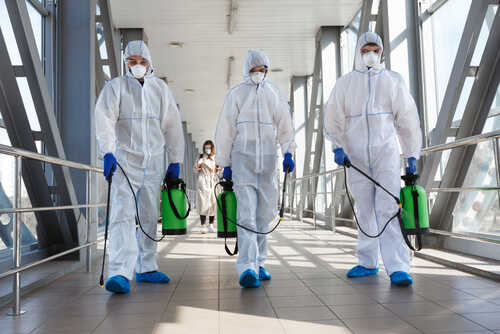
(NewsGlobal.com)- Security camera film reveals that at least 20 miles before the derailment that escalated into a smoldering, days-long HAZMAT catastrophe on the Ohio-Pennsylvania border, the freight train traveled with an axle that seemed to be on fire.
According to reports, the train went by a hot box detector—which looks for signs of overheating—while the axle was on fire in Salem, Ohio, more than an hour before it reached East Palestine, Ohio, where the catastrophe took place.
Before the disaster that occurred on February 3, the train crew had received an alarm. However, exactly when that signal was received is unknown.
In Salem, two factories had security cameras set up and caught the burning axle on film.
Officials established a mile-wide evacuation zone because numerous derailed railway carriages carried the hazardous and possibly explosive vinyl chloride. The fire raged for days.
Dan Cupper, a retired engineer with Norfolk Southern, told the newspaper that it would take at least a mile for the wrecked train in East Palestine to halt. The train’s dispatcher and engineer, he claimed, should have been informed of the problem.
The National Transportation Safety Board is investigating the incident.
The hot box detector’s job is to monitor the temperature of the train’s axles to prevent them from overheating. If it discovers anything wrong, the equipment checks for issues and broadcasts a defect detection notice over the train’s radio.
According to Scott Wilcox, a retired Norfolk Southern engineer who worked on the Fort Wayne line, stopping the train and inspecting the problem is necessary if a defect so hot it appears to be on fire is detected.
Mr. Wilcox added that the average distance between hot box detectors is 10 to 20 miles. After Salem, the following detectable location along this route was in East Palestine. On February 3rd, the train would have been less than a mile from that one when it derailed.
The accident happened while the train went through a little hamlet of around 5,000 inhabitants. The site of the crash and the ensuing controlled fire contributed to the disaster’s devastating effects, including the need for evacuations and the potential release of dangerous substances.













